Are you tired of dealing with excess moisture in your home? Look no further! In this article, we will explore the top 5 common dehumidifier problems and provide you with easy solutions to fix them. From leaking water to strange noises, we’ve got you covered. Say goodbye to dampness and hello to a comfortable, dry home!
Top 5 Common Dehumidifier Problems and Solutions
Dehumidifiers are an essential appliance for maintaining a comfortable and healthy indoor environment. They help regulate the moisture levels in your home, preventing mold, mildew, and other moisture-related issues. However, like any other appliance, dehumidifiers can encounter problems from time to time. In this article, we will discuss the top five common dehumidifier problems you may encounter and provide effective solutions for each one.
1. Dehumidifier Not Collecting Water
One of the most frustrating issues you may face with your dehumidifier is when it fails to collect water, despite running for hours. This problem could be a result of various factors. Firstly, check if the humidity levels in your home are actually high enough to trigger the dehumidifier. If the humidity is already low, the dehumidifier may not collect much water. Adjust the humidity setting and monitor the results.
Another possible reason for the lack of water collection is a dirty or blocked air filter. Over time, dust and debris can accumulate on the filter, obstructing the airflow and reducing the dehumidifier’s efficiency. Check the filter and clean or replace it if needed. Additionally, ensure that the dehumidifier is placed in a location where the air circulation is not hindered.
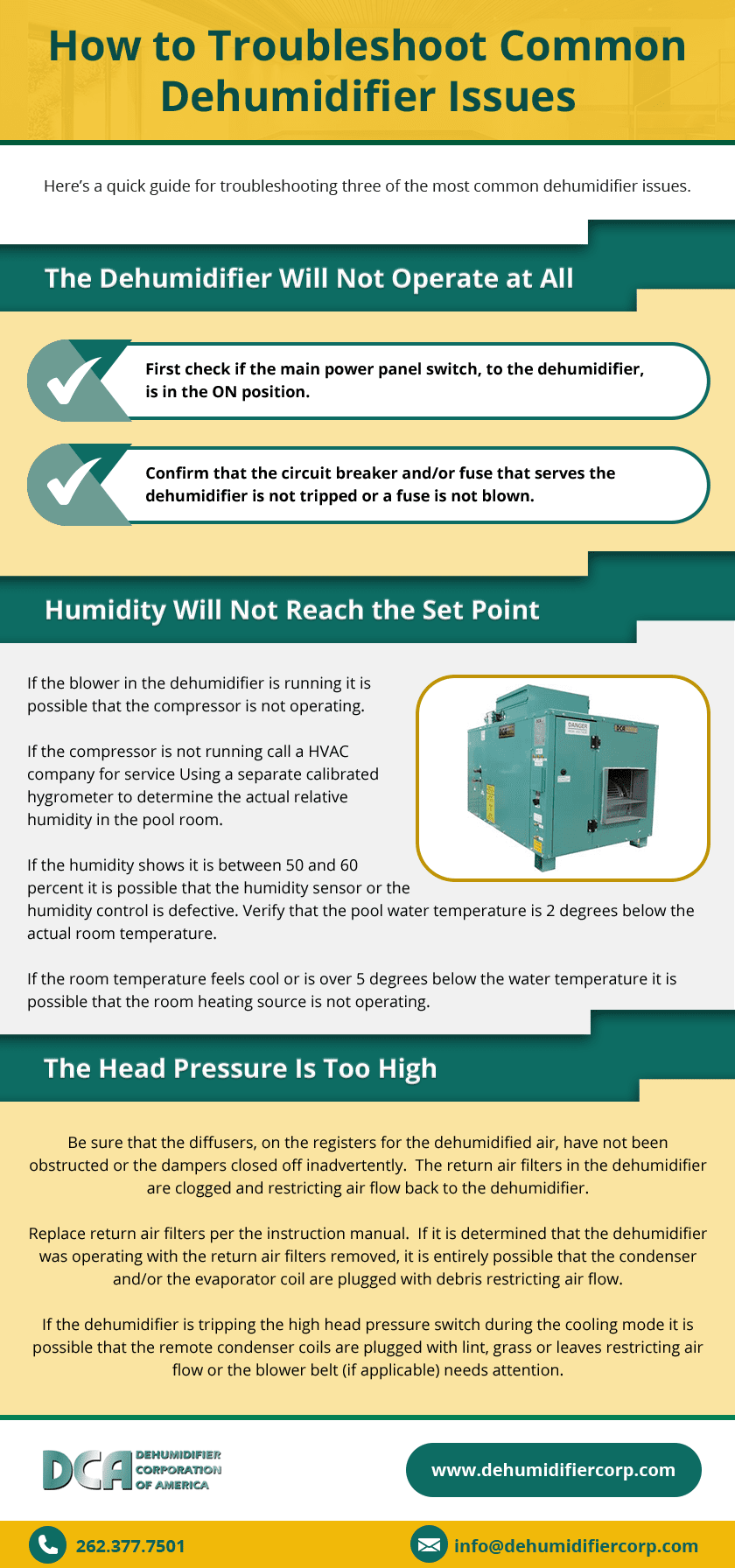
2. Excessive Noise from the Dehumidifier
Excessive noise coming from your dehumidifier can be irritating and disturb your peace at home. The noise may be caused by various factors, including a faulty fan or compressor, loose components, or vibration from an uneven surface. To troubleshoot this problem, start by checking if the dehumidifier is placed on a level surface. Adjusting its positioning might reduce the noise caused by vibrations.
If the noise persists, inspect the fan and compressor for any signs of damage or wear and tear. In some cases, lubricating the fan motor or tightening loose components may alleviate the noise issue. However, if the noise is severe or continues despite your efforts, it may be best to contact the manufacturer or seek professional assistance.
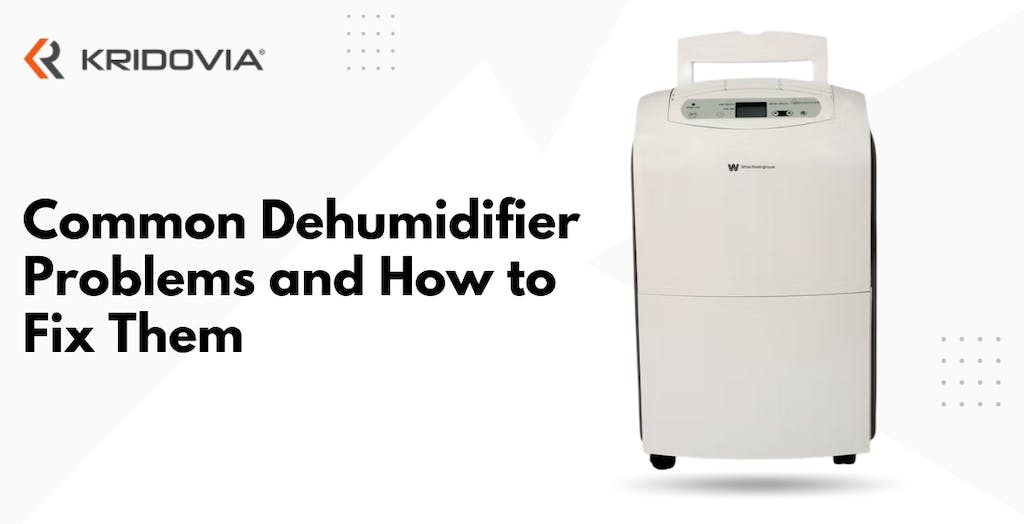
3. High Humidity Levels Despite Using the Dehumidifier
If you find that the humidity levels in your home remain high despite running the dehumidifier, there could be a few underlying causes. Firstly, check if the dehumidifier’s capacity matches your room size. If the dehumidifier is undersized for the space, it may struggle to effectively reduce humidity levels. Consider upgrading to a higher capacity dehumidifier if needed.
Another reason for high humidity levels could be poor insulation or air leaks in your home. Inspect your doors, windows, and walls for any gaps or cracks that may allow moisture to seep in. Properly seal these openings to prevent humidity infiltration. Additionally, ensure that your home is adequately ventilated to promote air circulation and prevent the accumulation of excess moisture.
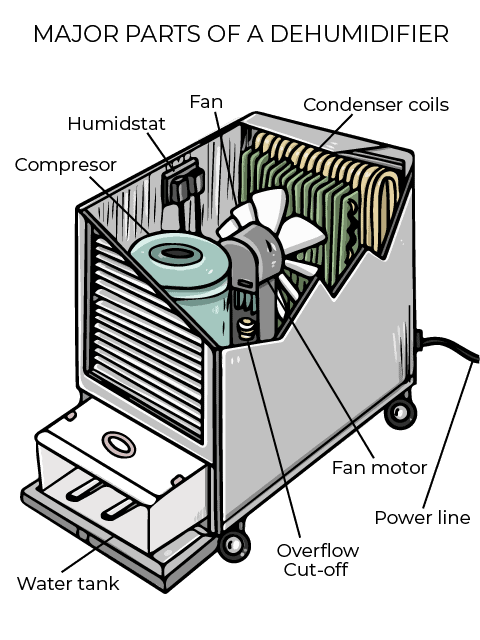
4. Dehumidifier Not Turning On
It can be frustrating when your dehumidifier refuses to turn on, especially when you rely on it to maintain a dry environment. To address this issue, start by checking the power source. Ensure that the dehumidifier is properly connected to a functioning electrical outlet. Additionally, check if the power cord is damaged or frayed. A faulty power cord may prevent the dehumidifier from turning on, so it may need to be replaced.
If the power source is not the problem, inspect the control settings of the dehumidifier. Make sure it is set to a humidity level that requires the dehumidifier to turn on. If the controls appear to be working correctly, and the dehumidifier still does not turn on, it may be a more complex internal issue. In such cases, contacting the manufacturer or seeking professional assistance is recommended.
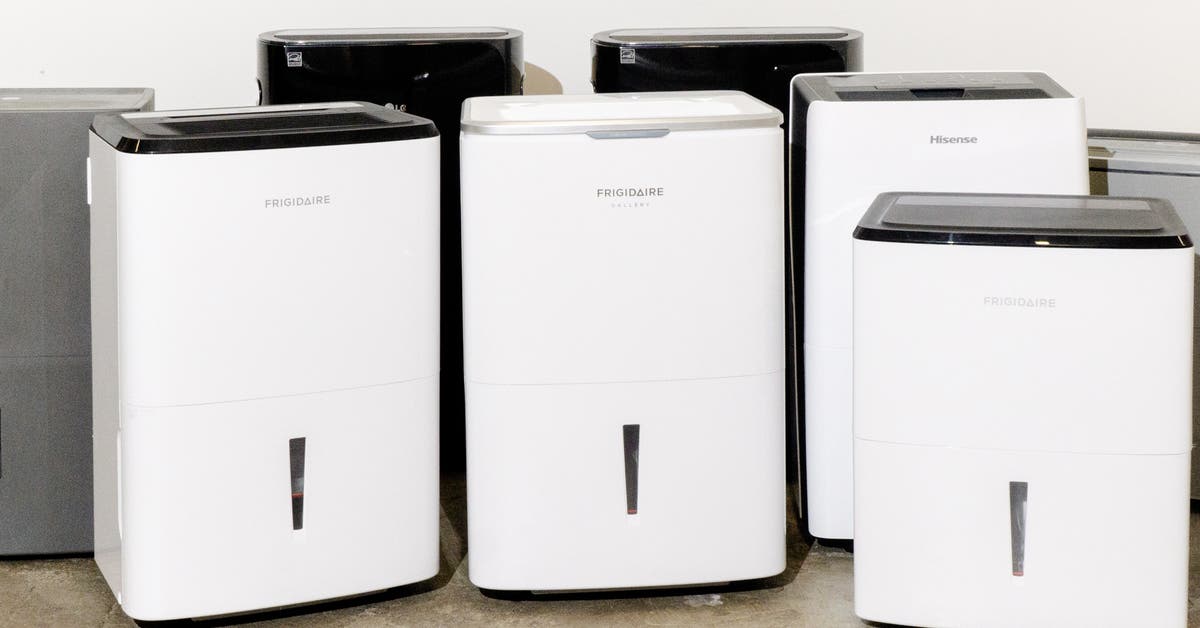
5. Water Leakage from the Dehumidifier
Water leakage from a dehumidifier can cause damage to your flooring and create an environment conducive to mold growth. If you notice water pooling around your dehumidifier, it is crucial to address the issue promptly.
The first step is to check if the water collection bucket or tank is properly positioned and securely in place. Sometimes, the bucket can get dislodged or not fit correctly, leading to water leaks. Ensure that it is sitting snugly and level in its designated spot.
Another reason for water leakage could be a clogged or faulty drain hose. If your dehumidifier has a hose attachment for continuous drainage, inspect the hose for any blockages or damage. Clean or replace the hose if necessary. Moreover, check for any cracks or damage to the dehumidifier’s internal components that may be causing the leak. If the issue persists, contacting the manufacturer or a professional repair service is advisable.
By addressing these common dehumidifier problems and implementing the suggested solutions, you can ensure the optimal performance and longevity of your appliance. Remember to regularly clean and maintain your dehumidifier to prevent future issues. With proper care, your dehumidifier will continue to provide a comfortable and healthy indoor environment for years to come.
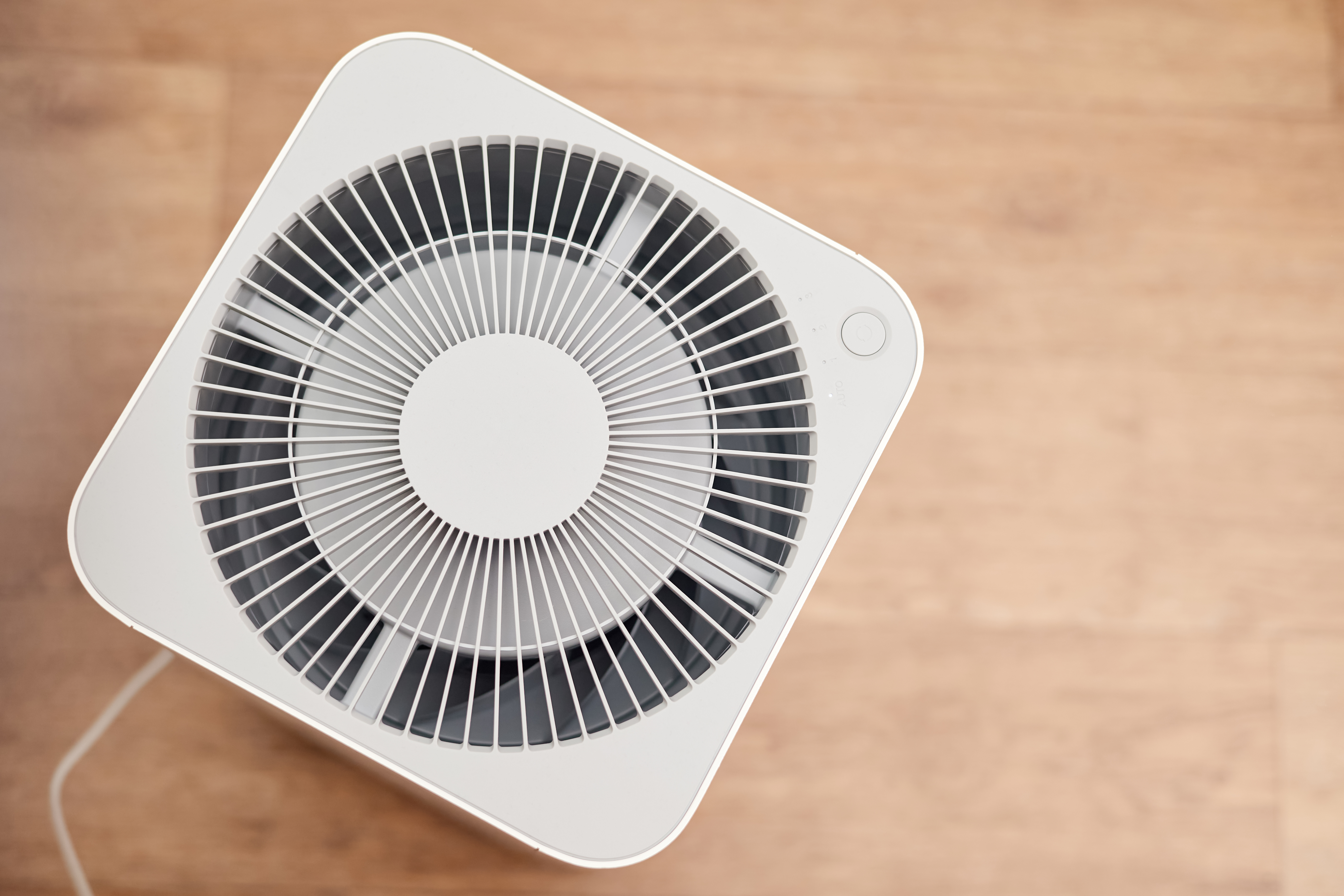

Hi, I’m Cohan, the author behind Your Dehumidifier Guide, a website dedicated to helping you create a healthier and more comfortable living environment. With a tagline of “Breathe Easy, Live Better,” my ultimate goal is to provide you with the best dehumidification solutions for your home. Whether you’re looking for the perfect dehumidifier for your bathroom, small room, or basement, I’ve got you covered. Through in-depth reviews and comprehensive buying guides, I aim to equip you with the knowledge to tackle high humidity levels, prevent mold growth, and improve your indoor air quality. Trust me to be your ultimate guide in the world of dehumidifiers.